#German Artists
Text
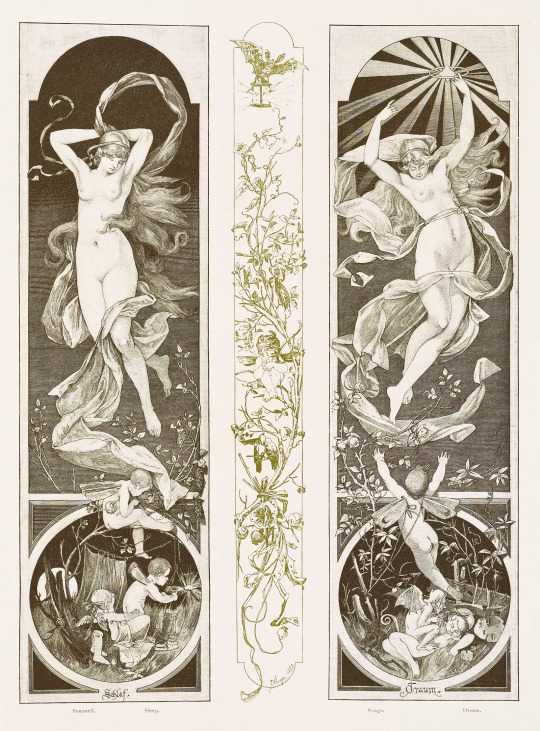
Ernst Unger (1889-1954), 'Sleep & Dream', ''Allegorien und Embleme'', 1882
Source
#Ernst Unger#german artists#sleep#dream#Allegorien und Embleme#allegories#vintage art#vintage illustration#traum#schlaf
3K notes
·
View notes
Text
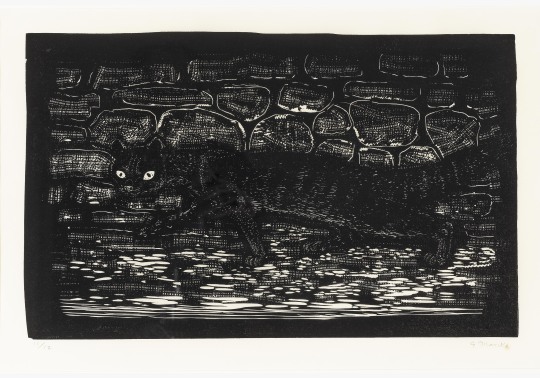
Die Katze (The Cat), 1967
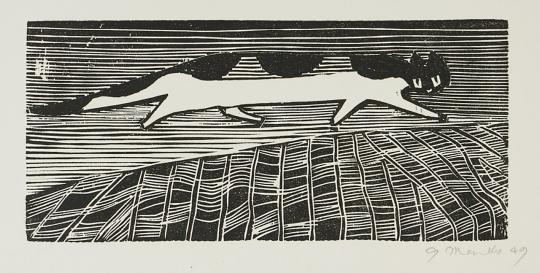
Laufende Katz (Running Cat), 1949

Katzen auf dem Dachboden (The Cats in the Attic), 1921
Gerhard Marcks
#art#black and white#gerhard marcks#cats#caturday#german artists#vintage#woodcut#drawing#1920s#1940s#1960s
296 notes
·
View notes
Text
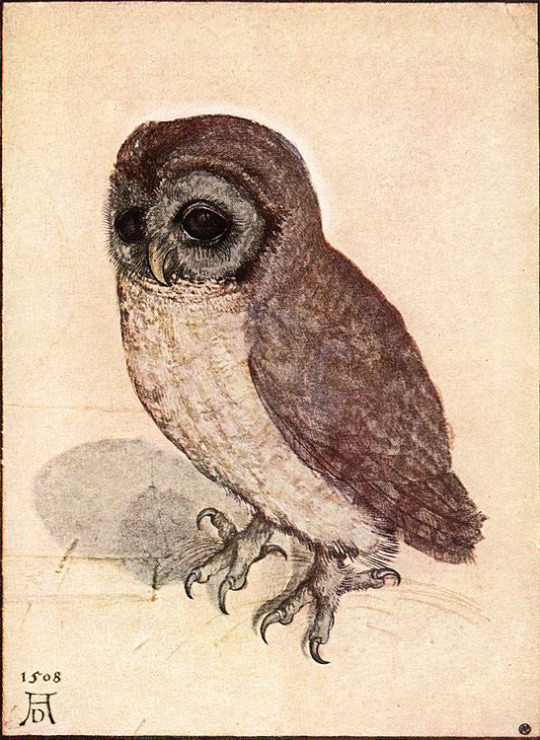
Albrecht Dürer (1471-1528)
Little Owl
1508
watercolour
#owl for owl#albrecht durer#durer#owls#birds#beautiful birds#beautiful animals#nature#wildlife#german painter#german art#german artists#art history#aesthetictumblr#tumblraesthetic#tumblrpic#tumblrstyle#birds in art#tumblr art#artists on tumblr#tumblrpictures#tumblrposts#tumblrlove#naturalist painting
314 notes
·
View notes
Text
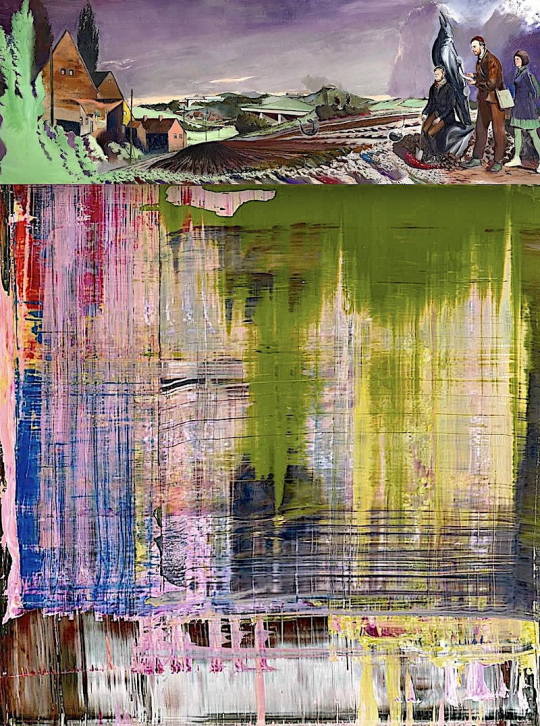
🩻 Neo Rauch
🩻 Gerhard Richter
40 notes
·
View notes
Text
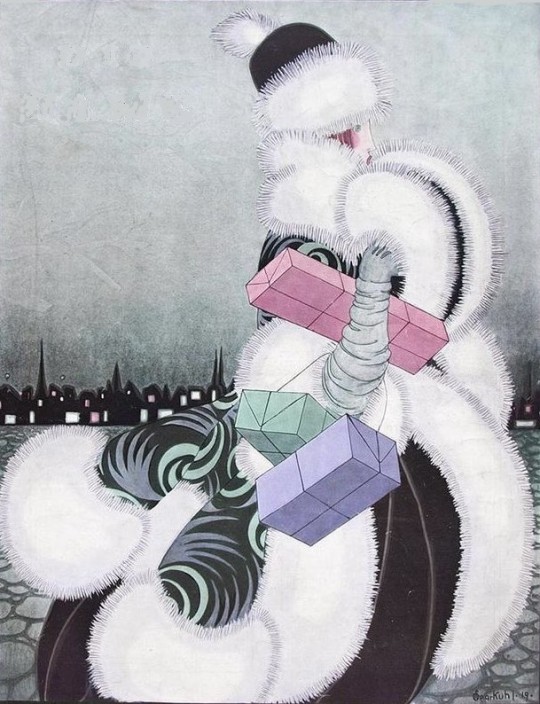
Martha Sparkuhl, Die Dame Cover, January 1919.
Martha Sparkuhl was part of a group of female designers and artists including Erica Mohr, Hanna Goerke, Julie Haase-Werkenthin, Gerda Bunzel and Steffie Nathan, who created illustrations and layouts for the German women’s magazine Die Dame. (x)
#Martha Sparkuhl#illustration#1919#cover#cover art#cover illustration#die dame#die dame cover#magazine#german magazine#german art#german womans magazine#fashion magazine#mode#german mode#german fashion#female desinger#female artist#german designer#german artists#snow#christmas#christmas gifts#gifts#coat#fur#presents#art#1919 illustrations#christmas presents
58 notes
·
View notes
Text
The Bauhaus, 1919–1933

Paul Klee (Swiss, 1879-1940) • Senecio or Head of a Man Going Senile • 1922 • Kunstmuseum Basel, Switzerland
“A drawing is simply a line going for a walk.“ – Paul Klee
The Bauhaus was founded in 1919 in the city of Weimar by German architect Walter Gropius (1883–1969). Its core objective was a radical concept: to reimagine the material world to reflect the unity of all the arts. Gropius explained this vision for a union of art and design in the Proclamation of the Bauhaus (1919), which described a utopian craft guild combining architecture, sculpture, and painting into a single creative expression. Gropius developed a craft-based curriculum that would turn out artisans and designers capable of creating useful and beautiful objects appropriate to this new system of living.
Read the rest of the essay here.
"Form follows function" (Bauhaus design principle)

Marcel Breuer (Hungarian-German, 1902-1981) • B3 “Wassily” Armchair • 1925 • chrome-plated steel, canvas upholstery • Metropolitan Museum of Art, New York City
"I am as much interested in the smallest detail as in the whole structure." – Marcel Breur

Annie Albers (German, 1899-1994) • Wall tapestry • Designed, 1925; woven, 1983
"Creating is the most intense excitement one can come to know." –Annie Albers
The Bauhaus was eventually closed under pressure from the Nazi regime, which branded the school, and modernism in general, as un-German.
#art#painting#fine art#art history#bauhaus#art school#history of bauhaus#walter gropius#paul klee#annie albers#marcel breuer#art & design#design#furniture design#oil painting#textile arts#german artists#early-mid 1900s art history#1900s art#woman artist#cubism#swiss artist#pagan sphinx art blog
50 notes
·
View notes
Text
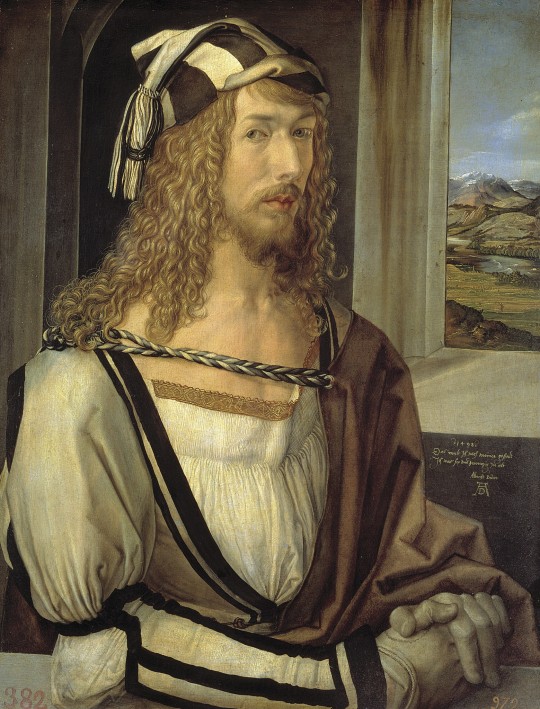


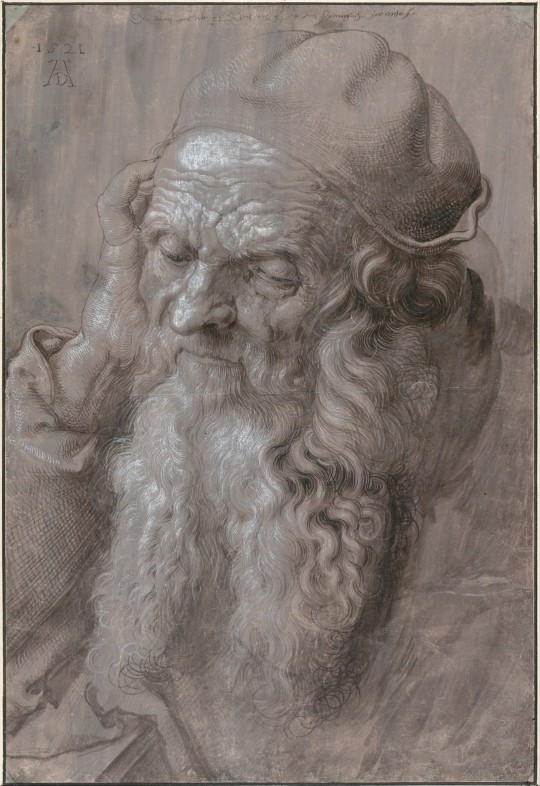
26 notes
·
View notes
Photo

Young Boar - Sascha and Ingo Maas
Germans, 1958 and 1961 -
Acrylic, chalk ground, linseed oil,crayons,oil pencils,graphite on canvas, 70 x 100 cm.
268 notes
·
View notes
Photo
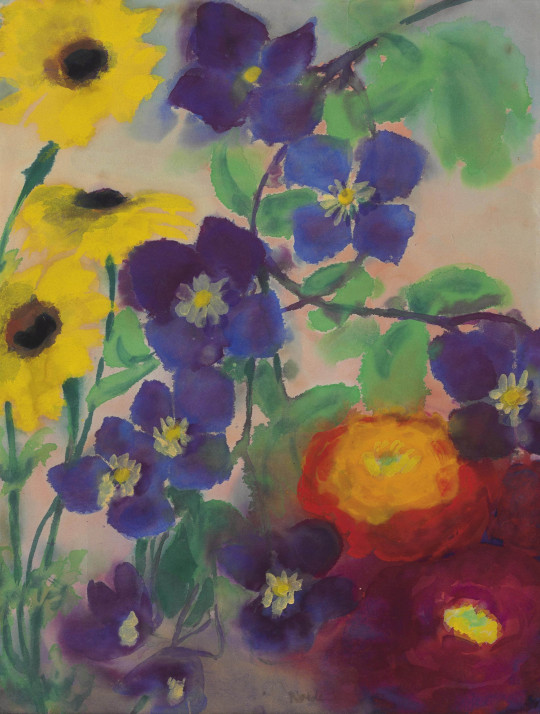
Blumen = Flowers
Emil Nolde (German; 1867–1956)
ca. 1942
Watercolor on Japan paper
Christie’s, New York
Signed “Nolde” at lower center
#Emil Nolde#Nolde#German art#German artists#German watercolorists#watercolors#drawings#works on paper#1950s#1950s German art#modern art#Expressionism#Expressionist#German Expressionism#German Expressionists#20th century#20th-century art#20th-century artists#modern artists#flowers#blooms#blossoms#modern German art#modern German artists#floral watercolors#German painters#watercolor paintings#German watercolors#vinca#ranunculus
71 notes
·
View notes
Text
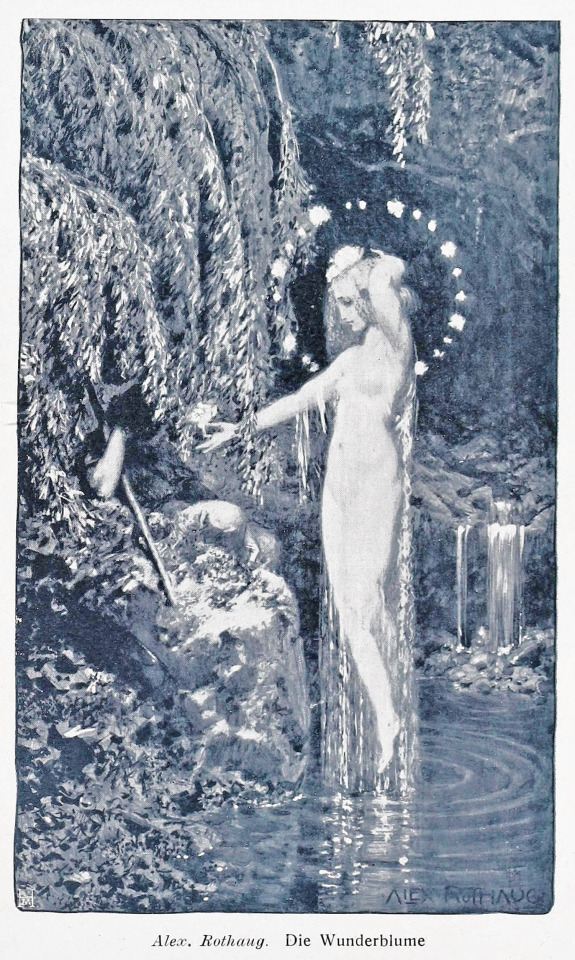
Alexander Rothaug (1870-1946), 'Die Wunderblume' (The Wonder Flower), ''Die Kunst Unserer Zeit", Vol. 18, 1907
Source
I went with "Wonder Flower" rather than "Miracle Flower" in the above translation because the former feels more poetic than the latter.
293 notes
·
View notes
Text
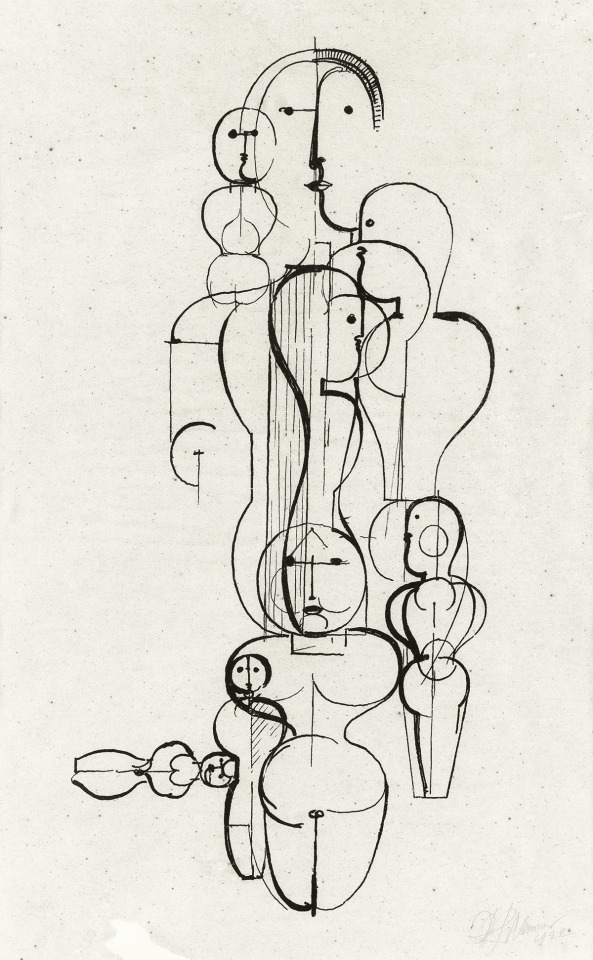
Oskar Schlemmer 1921 Konzentrische Gruppe (Figurenplan K 1)
#art#drawing#oskar schlemmer#1920s#bauhaus#avant garde#black and white#konzentrische gruppe#concentric group#figure drawing#german artists#love the tiny sideways figure
183 notes
·
View notes
Text

Antonia Rodrian, Scan Time (Nature), 2023
7 notes
·
View notes
Text
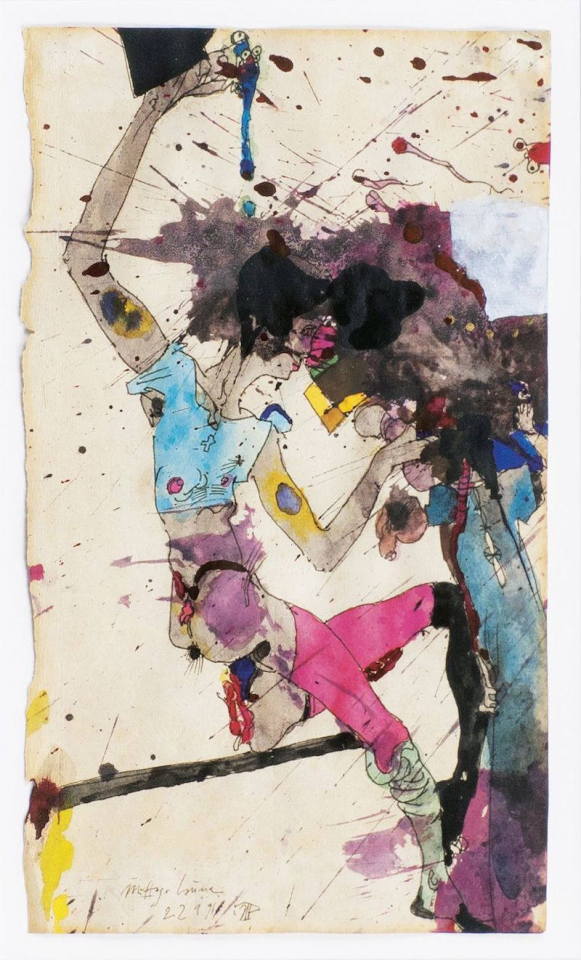
Horst Janssen: Mittagslaune
24 notes
·
View notes
Text

Melons (2007) by Anis Hamadeh as part of the series "Before Their Diaspora: Twelve Palestine Drawings"
Harvesting olive pickers, melon sellers, a monastery, the Via Dolorosa, a water mill, a traditional soap factory, fishermen from the Sea of Galilee ... the twelve exhibits of the "Before their Diaspora" series shine in glossy colors. The 42 cm x 29,5 cm drawings trace back to photos from a richly annotated illustrated book of the same title. The Palestinian historian Professor Walid Khalidi created it to document the everyday life and the history of the Palestinians from 1876 until 1948.
4 notes
·
View notes
Photo



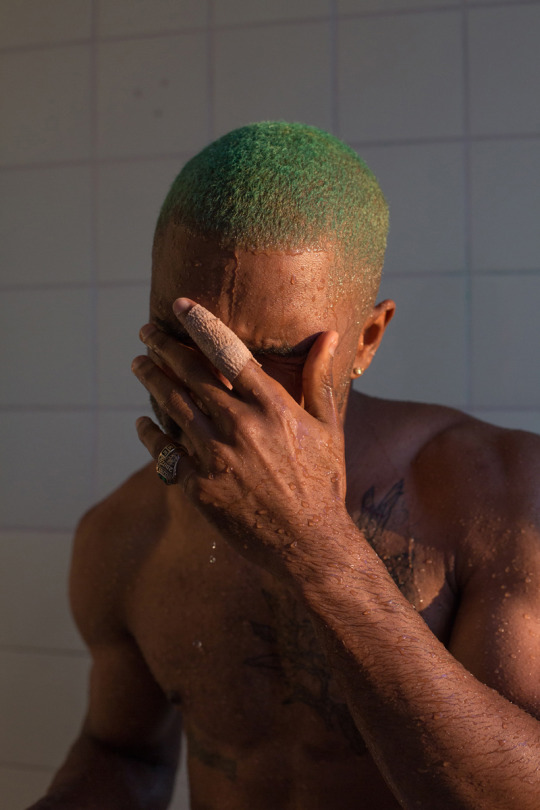
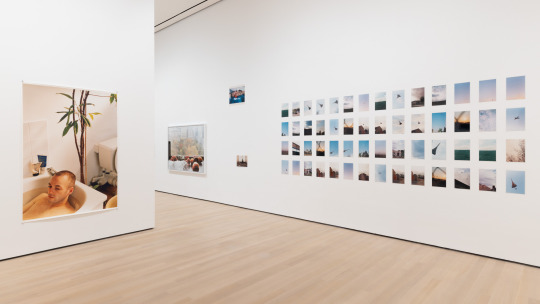

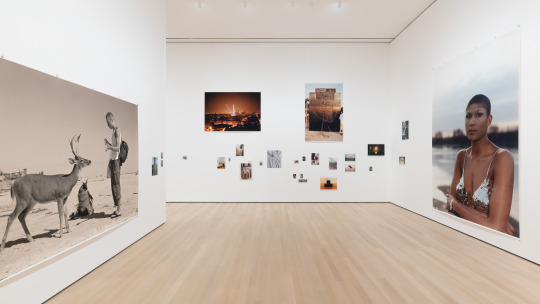



“The hardest thing to see is what is in front of your eyes.”--Goethe
In what will become one of the standout shows of the season, the MoMA is presenting the first museum survey, To Look Without Fear, of the artist, Wolfgang Tillmans opening on September 12th. Curated by Roxana Marcoci, MoMA’s Senior Curator of Photography, the exhibition takes us on a serendipitous exploration. While the journey begins chronologically, the various mediums, juxtaposition of works, manners of display, and installations--all reveal an artist with deep curiosity and a tenacious commitment to freedom.
Now in his 50′s, Tillmans’s career has spanned the 1980s to the present. He began his explorations in a time before the internet when the use of a photocopier machine, video cameras and audio equipment had a different relevance than today. While his creative approach to art has adapted with the times, the common thread throughout his oeuvre has always been his humanistic sensibility.
When asked about his work, Tillmans told a group of us that one should not “come to these pictures with ‘W Questions’ (why, what, when, who) but rather with ‘H Questions’--how?” The how this work makes us feel, how it connects us with others, and how it inspires--are some of the questions Tillmans asks of us.
But as we all know...each of us will have our own unique experience engaging the work, wandering the rooms, and creating our own meaning. No matter what an artist asks of us, or curators tailor for us, sometimes the hardest thing to see is before our eyes. --Lane Nevares
#wolfgang tillmans#moma#moma.org#art#photography#german artists#to look without fear#exhibitions#nyc#museum of modern art
69 notes
·
View notes
Text
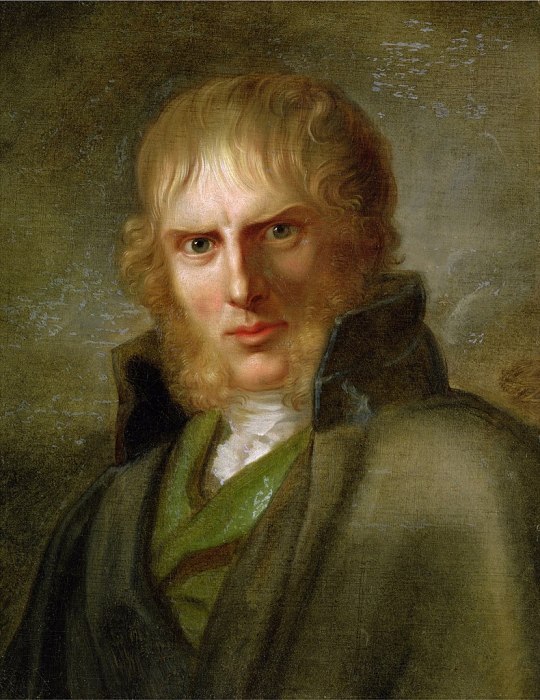
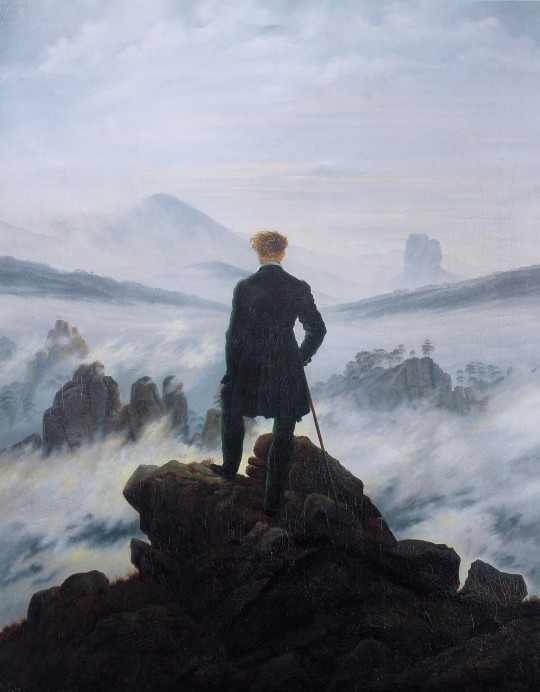
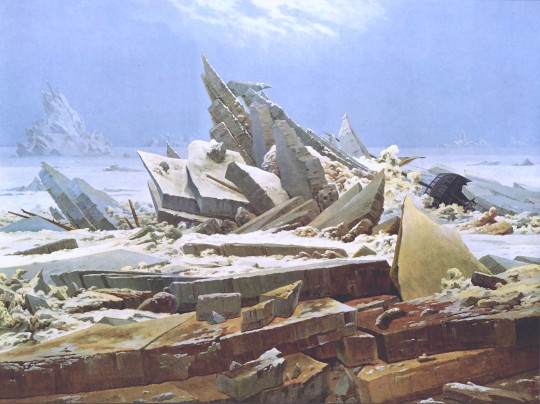

Please reblog for larger sample size
23 notes
·
View notes